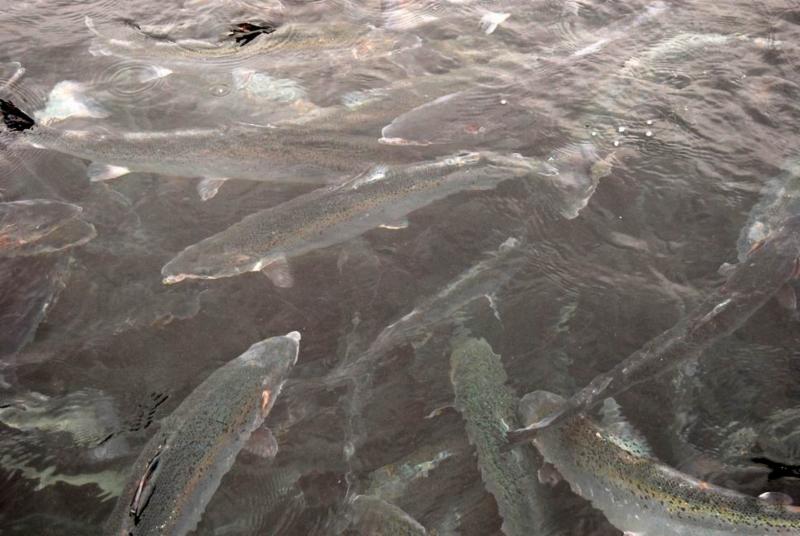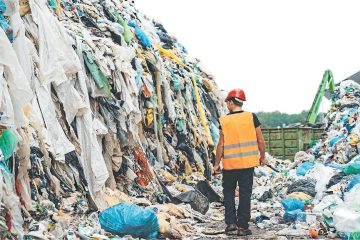Sewage problems making foul-smelling algae blooms more likely, marine expert

September 5th, 2019
A foul-smelling algae bloom on a beach close to the Ringsend Wastewater Treatment Plant this week was made more likely by sewage problems at the facility, a marine expert has said.
Earlier this week, members of the public reported a brown foul-smelling slick on Shelly Banks and solid material of up to a foot in depth.
Some witnesses told The Irish Times that the smell was akin to the foul smell of sewage and that toilet paper could be seen on the waste material.
An inspection from Dublin City Council earlier this week found that the material was an algae called ectocarpus and found no evidence of sewage discharge.
Ectocarpus siliculosis tends to produce an odour similar to that of sewage as it decays, compelling many Dubliners to contact the Council to express their concern over the previous few months.
A spokeswoman for Irish Water told The Irish Times there were no incidents at the Ringsend plant during the days prior to the bloom that could have resulted in build-up at Shelley Banks.
Speaking to The Green News, however, Karin Dubsky of Coastwatch Ireland said that more recurring incidences of sewage overflows at the Ringsend plant has provided a suitable environment for the growth of such foul-smelling algae.
“More sewage overflows means a higher nutrient content in Dublin bay waters and hence more food for the brown goo Ectocarpus and bright green Ulva blooms which we see in the bay today,” added Ms Dubsky, who is also a researcher at Trinity College Dublin.
Earlier in the summer, a number of algal blooms were reported along the Dublin coast, causing closures at several beaches including Sandycove and the Forty Foot.
Data released to TheJournal.ie shows that untreated wastewater has overflowed into Dublin Bay from Plant near Poolbeg more than 100 times since 2015. Ms Dubsky warned that the Ringsend leakage is not the only issue that is deepening the problem.
“It’s not just one big Ringsend discharge as the treatment plant is struggling, it’s all those smaller stormwater overflows mixed with sewage water which are discharging right at high watermark onto the shore,” she said.
Nitrate pollution in water is associated with various ailments including Blue Baby Syndrome, a rare condition affecting infants who ingest nitrates. Recent studies also suggest that ingesting nitrates may contribute to colorectal cancer, thyroid disease and congenital disabilities.
[x_author title=”About the Author”]







